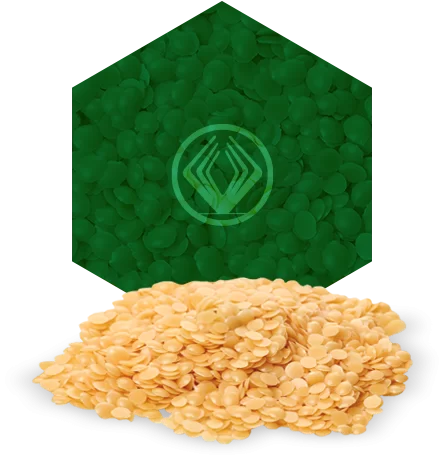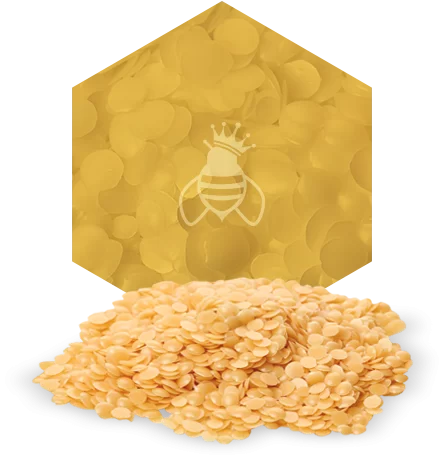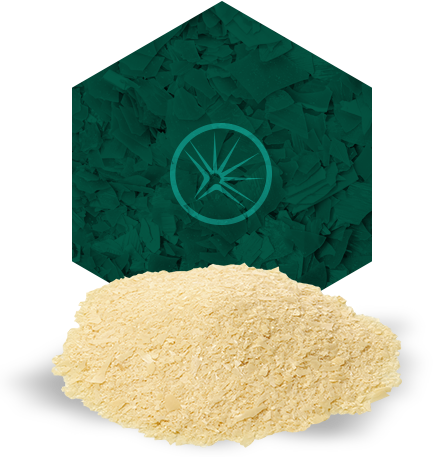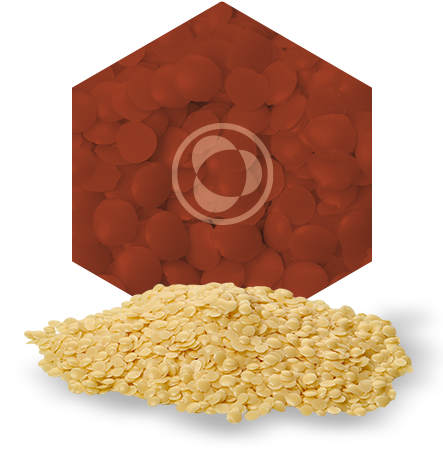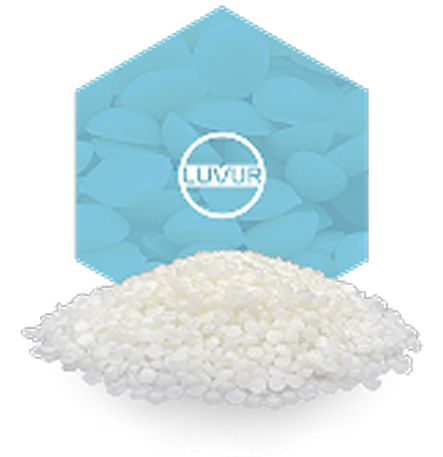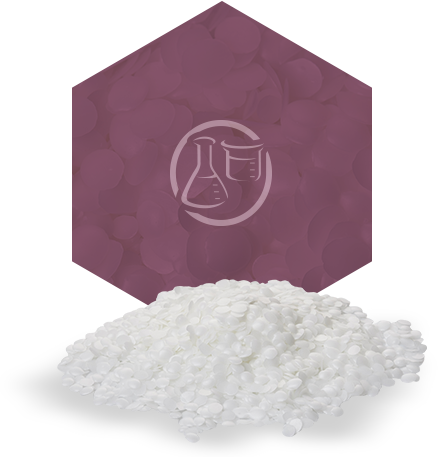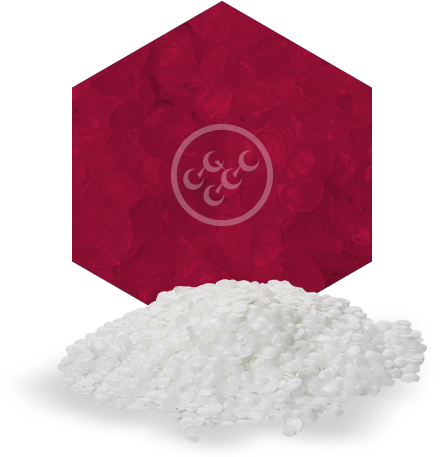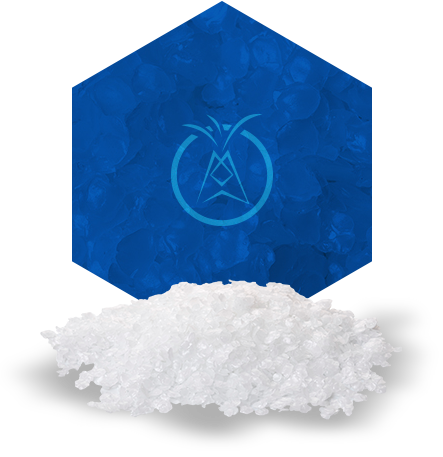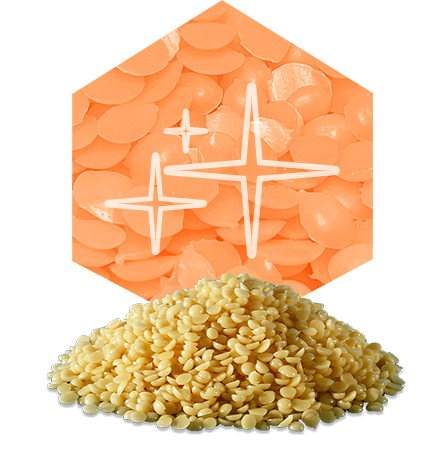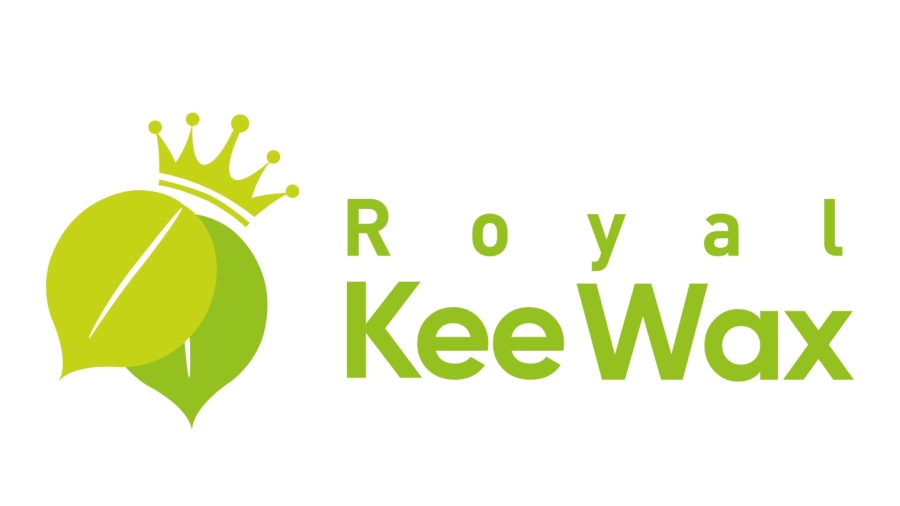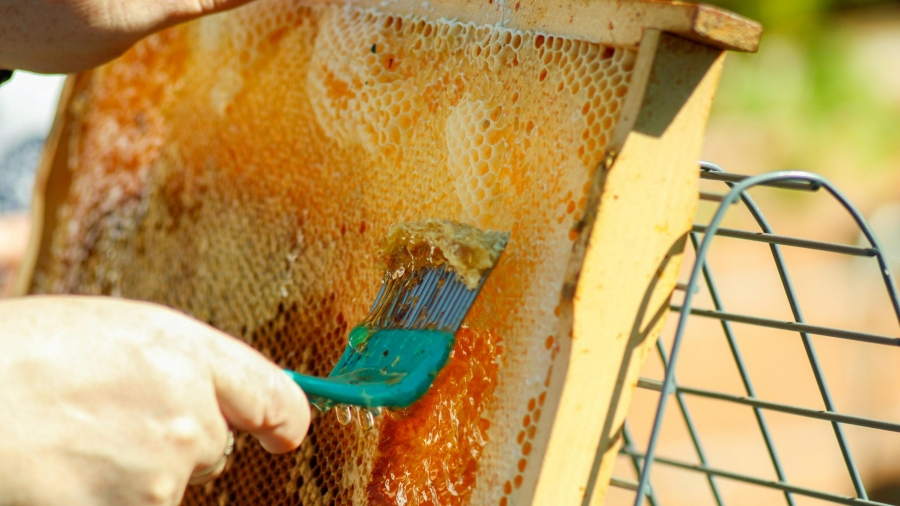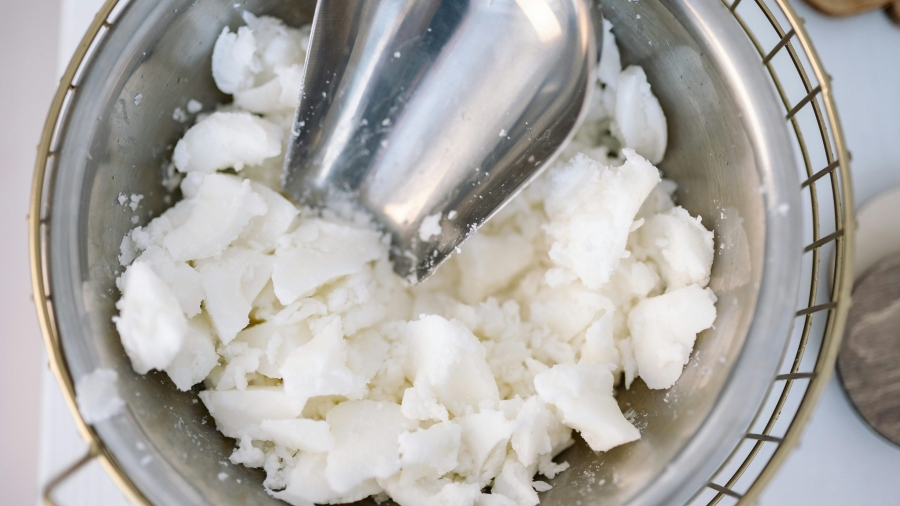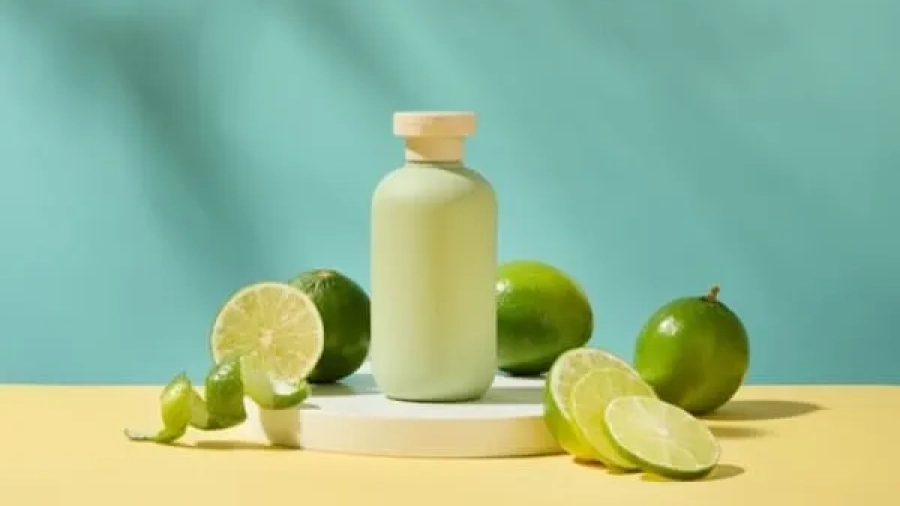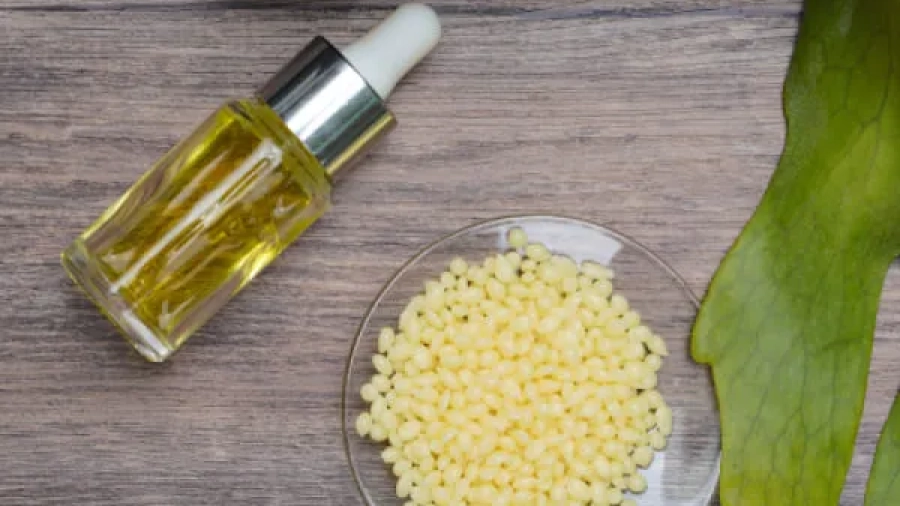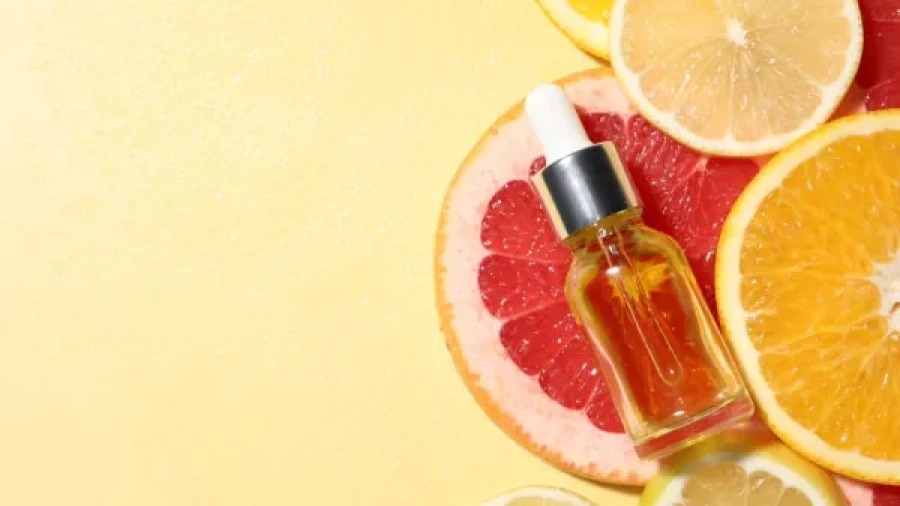For decades, beeswax has been a key ingredient in cosmetic formulations thanks to its ability to provide structure, consistency, stability, and a pleasant sensory experience. However, the increasing popularity of vegan products, the demand for animal-free ingredients, and the search for more sustainable solutions have motivated brands and laboratories to rethink their traditional bases. Amidst this change, an important question arises for formulators around the world: is it possible to achieve the same performance as beeswax with a vegan ingredient?
This is no small question. Beeswax plays a critical role in solid and semi-solid products: it provides plasticity, prevents oil migration, stabilizes structure, facilitates cohesion, and enhances sensory experience. Therefore, replacing it is not simply an ethical issue; it is a real technical challenge. The good news is that today there is a solid answer to that challenge: Royal Kee Wax, a completely vegan and natural wax designed to replicate the structural, functional, and sensory behavior of beeswax, without the compromises typical of other alternatives.
A purpose-built vegan substitute
Royal Kee Wax is not a makeshift adaptation or a generic ingredient that attempts to fill multiple roles. It was developed specifically to function as a direct replacement for beeswax in applications where its performance is most critical. Its composition, based on natural mineral waxes, fatty acids, and esters, was formulated with the intention of reproducing the plasticity, malleability, and stability required by the cosmetics industry.
The key lies in its internal balance. Unlike other plant-based waxes that provide hardness but little flexibility, or synthetic waxes that meet the structure but do not offer the same feel to the touch, Royal Kee Wax maintains a balanced relationship between firmness and elasticity. This combination allows for the creation of products that retain their shape without becoming brittle, withstand high temperatures, and continue to offer a smooth, stable, and uniform application experience.
Performance comparable to beeswax
One of the most common arguments against switching to vegan formulations is concern about loss of performance. In practice, many substitutes have limitations: sticks that break, too-hard textures, oil migration, or heat sensitivity. Royal Kee Wax was developed precisely to address these gaps.
Its oil absorption capacity is particularly relevant, as it helps prevent migration that can occur in balms, lipsticks, or oily products. Its melting point, between 60 and 68 °C, offers thermal stability that allows the final product to better withstand climatic conditions, which is essential for Latin American markets or regions with high temperatures. In addition, its plastic behavior prevents stick products from losing structural consistency or becoming too rigid.
In sensory terms, this wax achieves a smooth final texture, with convenient application and a uniform finish. This is crucial for markets where consumer perception is closely linked to the feel of the product, especially in categories such as lip care, makeup, and stick deodorants.
Applications where Royal Kee Wax stands out significantly
Although wax can be incorporated into a wide range of products, there are categories where its performance is particularly valuable. In balms and lipsticks, for example, it provides firmness without sacrificing smoothness, improving stability and preventing bleeding or oil migration. In stick deodorants, its plasticity allows for a resistant, functional, and stable bar, facilitating uniform application without the risk of breakage.
In mascaras, Royal Kee Wax helps bind pigments, waxes, and oils, providing structure without making the product too stiff, which translates into a more uniform and comfortable application. It also works very well in nourishing creams or lotions as a structuring agent, adding body to the formula without making it dense or sticky. Finally, in stick or paste products (such as foundations, blushes, and bronzers), its thermal stability ensures greater resistance in hot climates and a more consistent texture.
An alternative aligned with the future of cosmetics
More and more brands are reaching a point where transparency, sustainability, and ethical consistency are as important as the functional performance of the product. Eliminating animal-derived ingredients is not just a marketing argument: it is part of a comprehensive strategy that builds trust, credibility, and connection with modern consumers.
Royal Kee Wax represents a solution that does not force a choice between ethics and quality. It allows vegan formulas to be developed without completely restructuring existing systems and without facing the traditional limitations of other substitutes. Its natural origin, stability, and performance make it a key ingredient for brands seeking to differentiate themselves, meet global standards, and offer products with an authentic and responsible narrative.
Replacing beeswax without losing performance has historically been one of the great challenges of vegan formulation. With Royal Kee Wax, this challenge finally has a solid, technical, and reliable answer. Its ability to match the stability, plasticity, and sensory properties of beeswax, coupled with its 100% vegan and natural origin, positions it as a strategic option for brands seeking to evolve toward more conscious formulas without compromising the user experience.
If your brand or laboratory is exploring vegan alternatives to replace beeswax without sacrificing performance, Royal Kee Wax is a solution designed to meet those standards. Our team can help you evaluate compatibility, performance, and specific applications in your current formulations.
To request samples or receive technical advice, write to: info@multiceras.com More information available at: www.multiceras.com

